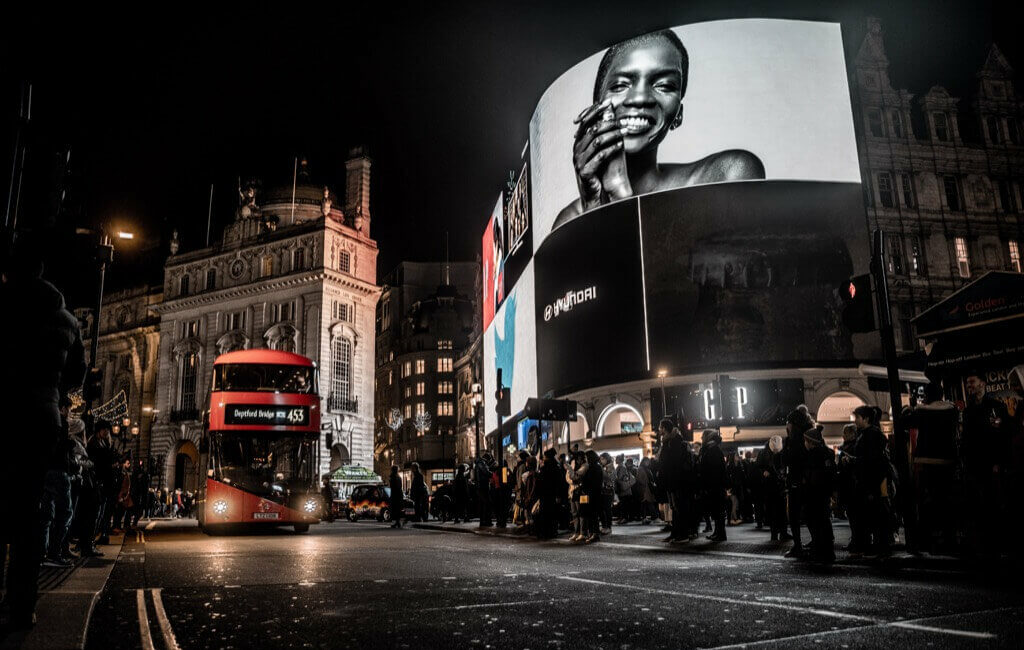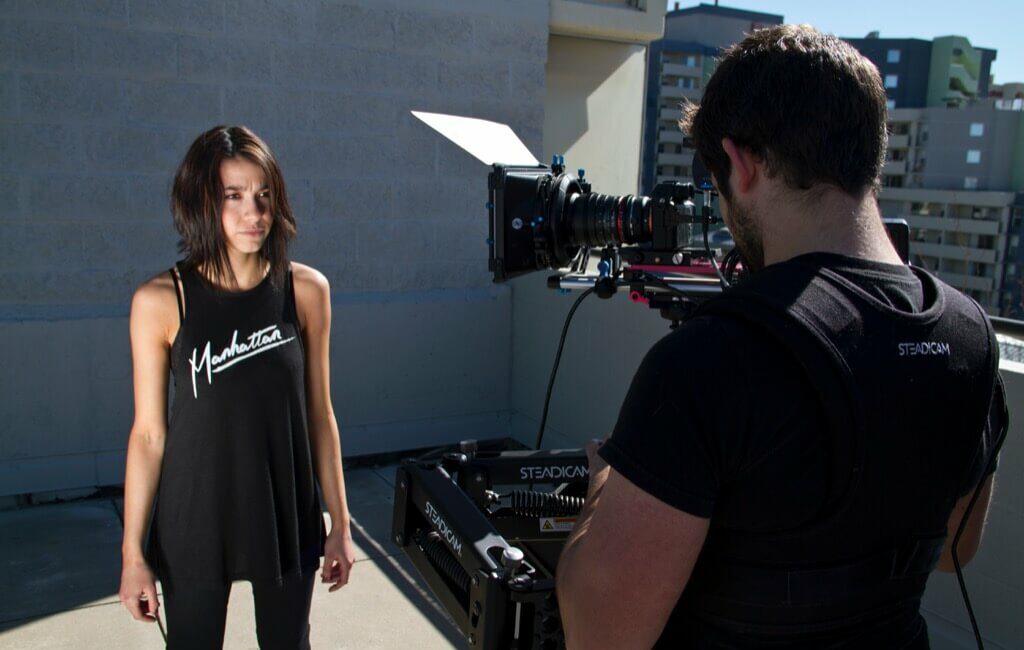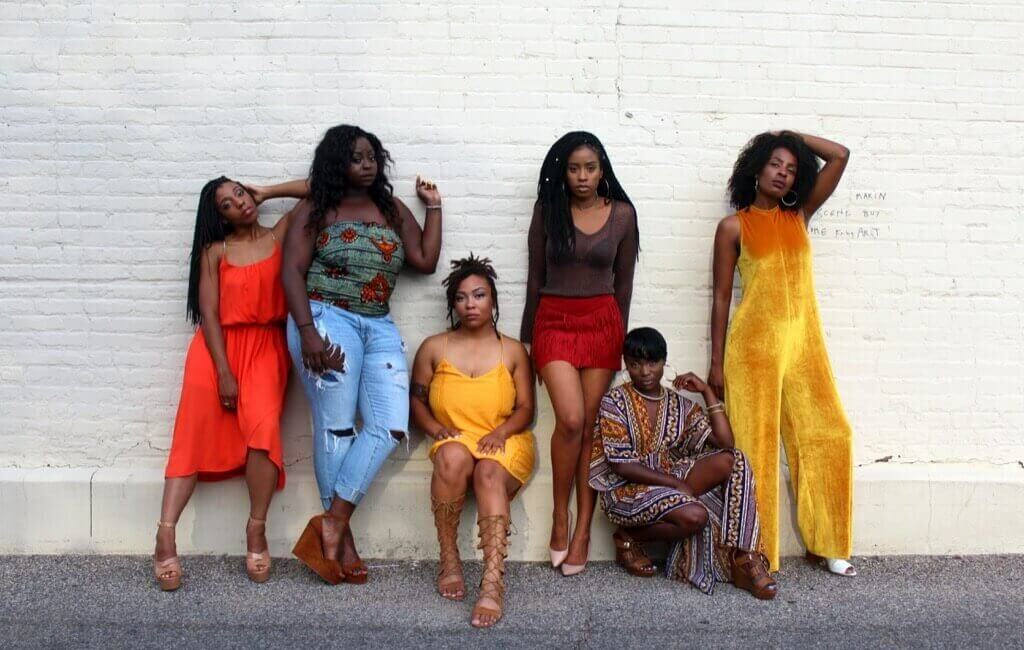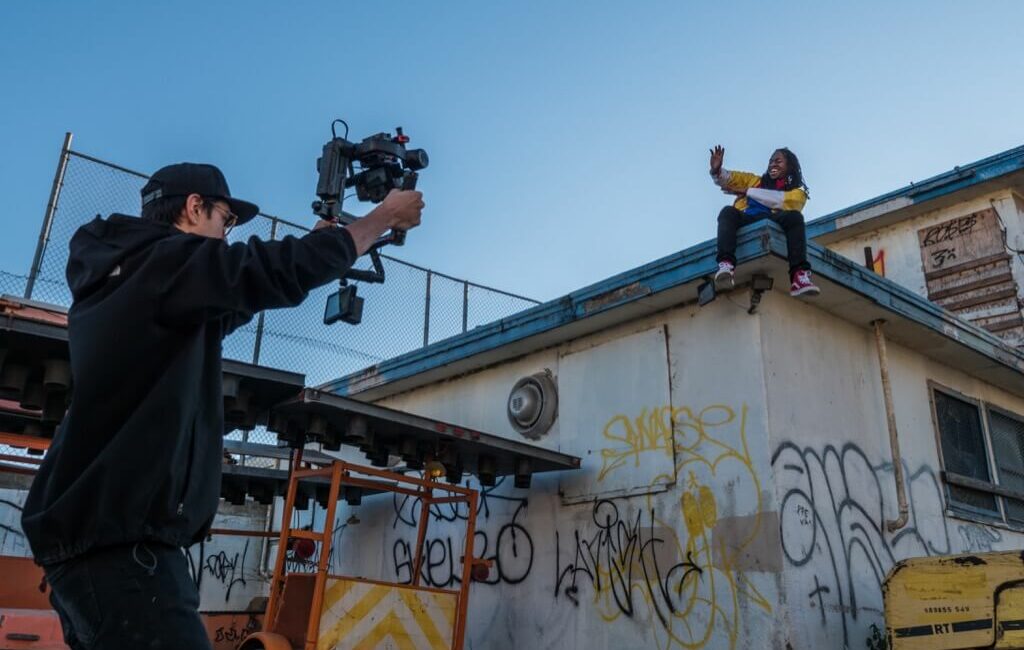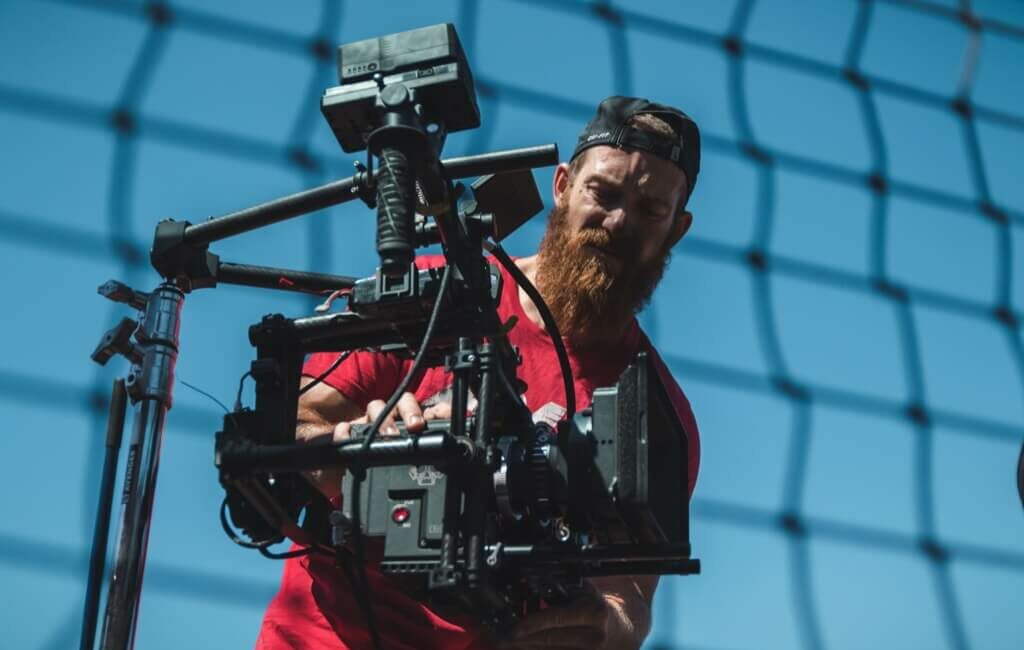If you’re running a blog, you already know how important it is to stand out. The words might hook people, but let’s be honest: the images are the bait. And the internet is flooded with the same tired stock photos. That smiling business team, that perfectly poured latte—people have seen it all before. By now, […]
Continue readingAuthor: yloproductions.co.uk
Maximise Your Travel Budget With Cape Town Cheap Flights
South Africans have been hit hard by steep domestic ticket price hikes of more than 60% in the past few weeks. The number of affordable airline tickets is lower now, more than ever. Don’t think that we are in it alone as South Africans, the average global price of a plane ticket has nearly quadrupled […]
Continue readingGlobal Productions and Cultural Awareness Essentials
With film productions’ global reach comes the responsibility to approach these productions with cultural sensitivity. Understanding and respecting the local customs, traditions, and sensibilities of the countries where shoots take place is crucial for creating authentic and meaningful content. Cultural sensitivity in the context of international productions means having an awareness and appreciation of the […]
Continue readingMaster Cape Town’s Film Laws for International Shoots
Cape Town has always been a popular location for shooting films and TV shows abroad. Filmmakers can take advantage of a wide variety of settings, facilities, and local talent in this thriving South African metropolis. But as with any overseas filming location, success depends on knowing and following the local regulations. The community, the city’s […]
Continue readingA Day in the Life of a Stills Producer
As a stills photo producer, every day is a new challenge. You start your day early, catching up on emails and messages from international clients due to time zone differences. Each morning is an exercise in problem-solving, finding solutions for everything from last-minute changes in scripts to changes in weather affecting the planned shoot. This […]
Continue readingRevolutionizing Stills & TVC With Inclusive Casting
Inclusive casting is a necessity. It is about giving a platform to the different faces and stories that make up the world. It is about breaking away from the mould of stereotypes and showing the world as it truly is – a colourful mix of races, ethnicities, abilities, genders, and ages. Inclusive casting promotes acceptance, […]
Continue readingCross-Cultural Film Management in Cape Town
The Cape Town film industry’s management scene features interesting individuals from many walks of life. Professionals from the film business, such as directors, producers, and technicians, flock to this city from all over the world because of its thriving film industry. The cinematic traditions of Europe, the Americas, and Asia have all found a home […]
Continue readingThe Art of Behaviour Management on Set
Finding one’s way around the complex world of film and TV production is a lot like conducting a symphony. It’s a carefully orchestrated dance in which everyone has their place and everyone is working together towards a common goal: the creation of something new. When making a movie, the cast and crew don’t have the […]
Continue readingThe Latest Trends In Cape Town’s TVC Production
Television Commercial (TVC) production remains a multidimensional process involving creativity, logistics, and cutting-edge technology to deliver a message that resonates with audiences. Understanding current trends is vital as the industry’s evolution never stops, and staying informed is key to remaining relevant and competitive. Cape Town, renowned for its unique locations and rich culture, has grown […]
Continue readingComparing Stills & TVC Production Techniques
It’s crucial to understand the distinctions between stills and television commercial (TVC) production. Though both exist to communicate brand stories and evoke emotion, the approach, execution, and impact vastly differ. This knowledge empowers companies to make informed choices, aligning their advertising strategies with the most suitable medium and maximizing their market resonance. Understanding the distinction […]
Continue reading

